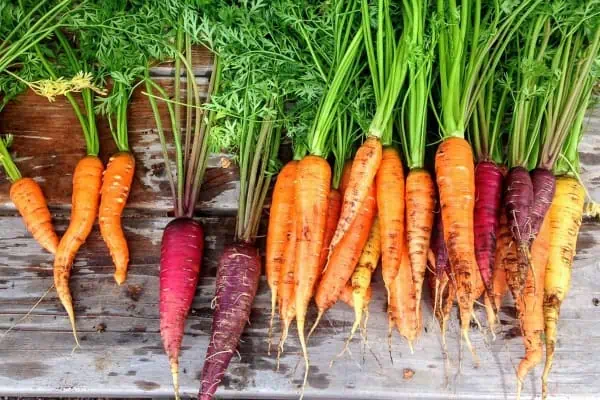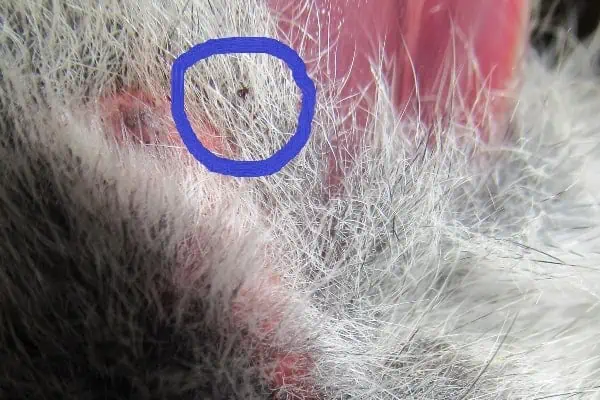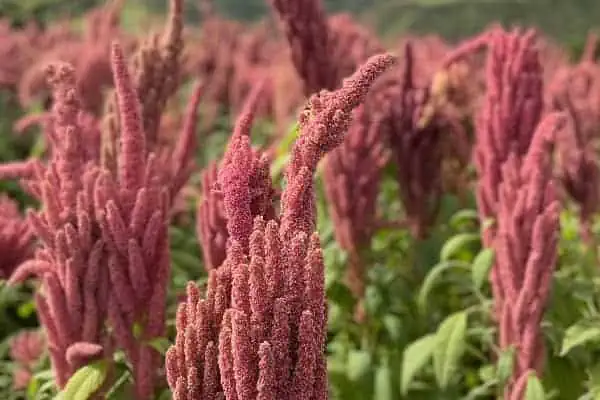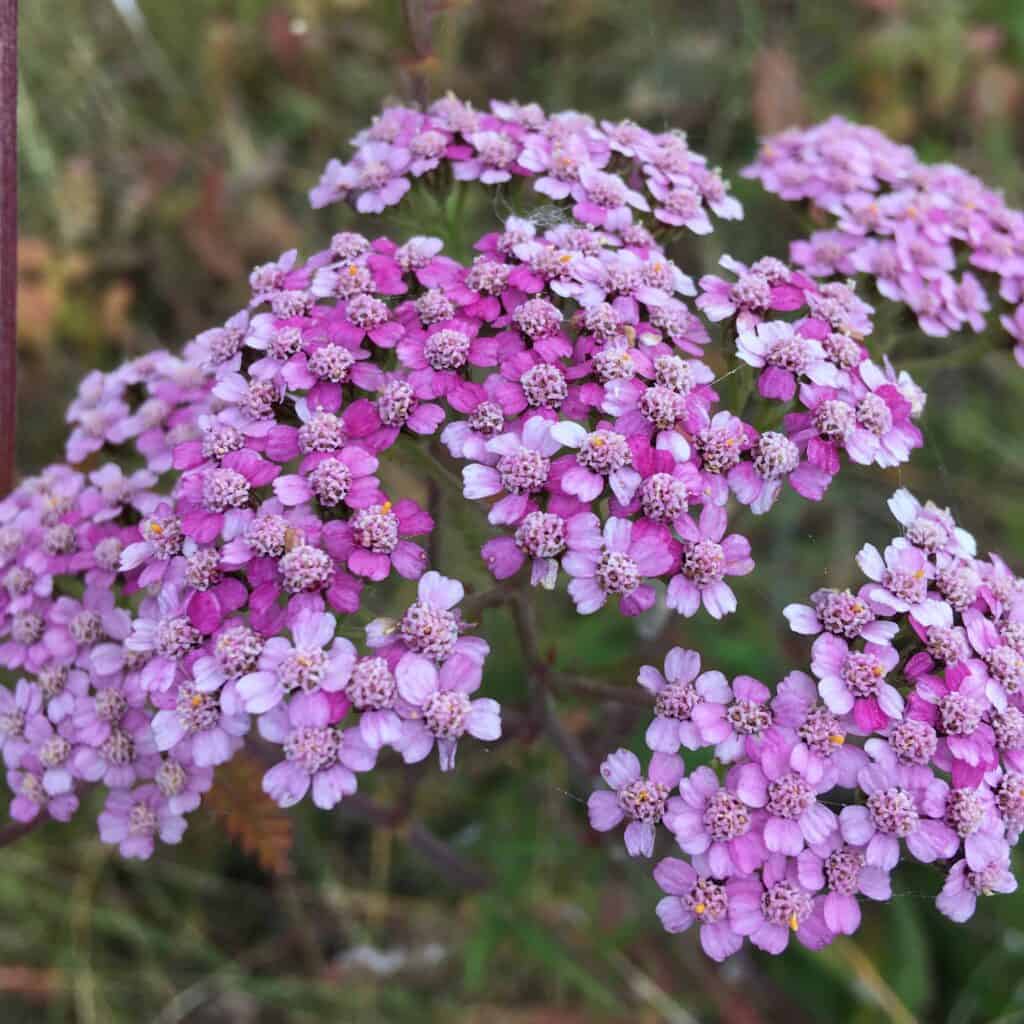
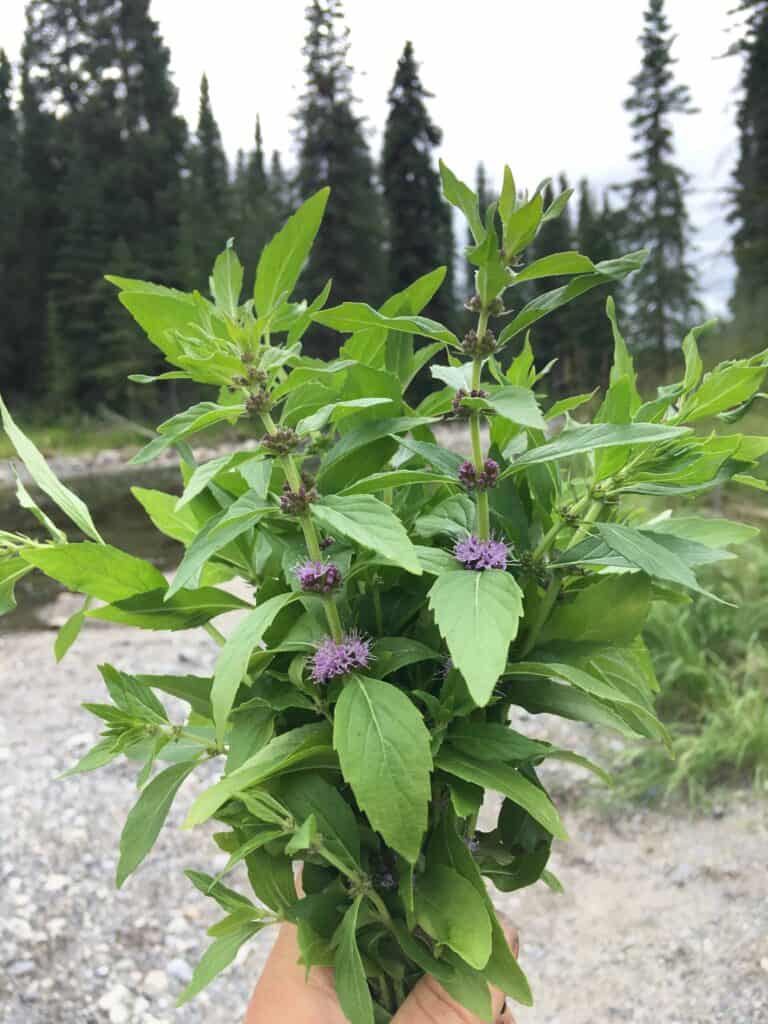
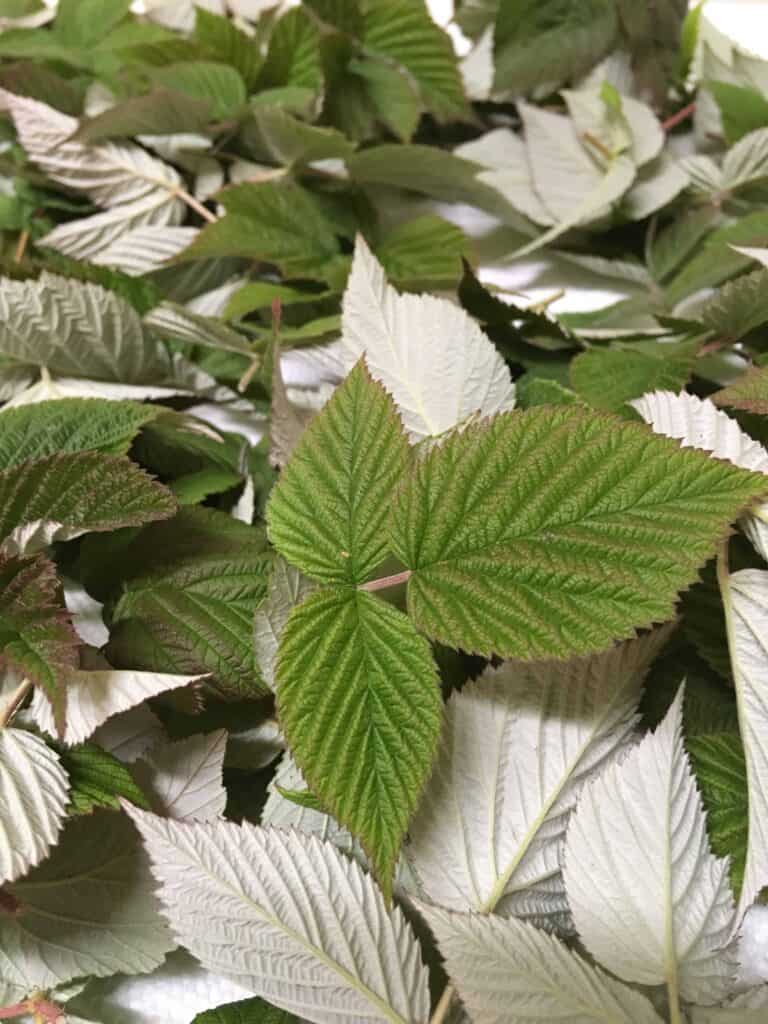
The natural world around us has turned into a green, abundant paradise in the last few weeks, and we’re coming into the perfect time to collect all sorts of magical and medicinal Yukon plants for tea. There are so many different kinds of delicious infusions that can be made from the wild plants that grow in our forests, meadows, lakeshores, riverbanks and roadsides. With a little bit of research and a few simple tips on how to preserve them, you can gather wild plants to use for tea, all year long. The days of buying expensive imported teas can be a distant memory if you so desire.
During the summer months, plants can be gathered and used fresh, but what do you do when these warm days come to an end and the Yukon turns back into a winter wonderland? Preserving wild plants and herbs for tea, by drying them, is a very simple process that allows you to fill your pantry with local medicines. The flavour and healing properties of many plants are actually more concentrated when they are dried, and if dried properly, you can store and use these different Yukon plants for at least a year without losing any of their original taste or benefits.
Tips for drying wild plants
- It’s best to collect wild plants on a dry, sunny morning before the day gets hot.
- You may want to use scissors or gloves to harvest plants such as stinging nettle or raspberry leaves, to avoid an uncomfortable experience.
- For plants where you want to use the leaves, such as red raspberry leaves or wild strawberry leaves, it’s ideal to harvest them before the plant begins to flower, so that its energy and strength will still be in the foliage.
- Collect harvested flowers and leaves in a basket or a paper bag where moisture can escape (avoid plastic bags).
- Instead of washing foraged plants, just brush off any dirt as best as you can.
- Transfer plants to your drying area as soon as possible, after harvesting, to conserve the plant’s flavour and medicinal powers.
- You can hang small bunches upside down or spread individual leaves and flowers out on a dry surface where air can flow through; for example, on a cake rack covered with paper towels, or a drying rack made with screens.
- Dry a single layer of leaves at a time (and hanging bundles should have space between them so that they can dry quickly and evenly).
- Dry herbs in a warm, dry and well-ventilated place, but not in direct sunlight.
- You may need to rotate or flip the leaves and flowers once a day until they are completely and evenly dried.
- If possible, your drying area should be a place where there is as little dust as possible and where the herbs won’t be contaminated by other smells, such as those from cooking..
- Collect flowers, such as wild roses and red clover, when they’ve just recently opened.
- Make sure your herbs are completely dry before storing them, otherwise mould may begin to form. The leaves and stems should feel stiff—not limp.
- You can store teas in paper bags (great for preventing mould) or in glass jars (best for keeping them fresh and potent) in a dark place.
- You can also dry herbs in a food dryer or dehydrator, or even your oven, but be careful with high temperatures because they may damage the medicinal constituents of certain plants. Air drying is the simplest method, especially in our relatively dry Yukon climate.
- Before storing them, label each jar or bag of herbs with their name, the date and, if you’d like, with where you harvested them.
A few of my favourite Yukon wild plants (that are easily identified and made into tea) are red raspberry leaves, yarrow and wild mint. Red-raspberry-leaf tea (Rubus idaeus) has a mild and sweet flavour and is wonderful for the female reproductive system. It has traditionally been used to prepare the uterus for labour and childbirth, with the intention of shortening labour time and increasing the likelihood of a natural birth.
Yarrow tea (Achillea millefolium) has a long history of being used to lower fevers by causing you to sweat more and therefore releasing heat and toxins from your body. Its slightly bitter taste stimulates digestion, and it has also been used to relax the smooth muscles of the stomach to alleviate cramps. While domesticated varieties exist, the wild white and pink ones are said to be the most medicinal: a powder of the dried leaves can even be used to stop blood flow from wounds, cuts and nosebleeds.
And finally, wild mint (Mentha arvensis) is an exceptional alternative to store-bought mint tea, with a similarly pleasant and stimulating flavour and the health benefits of easing indigestion, alleviating nausea and reducing cold symptoms.
The list of wild Yukon plants that can be gathered and dried for tea is extensive, and I’ve only scratched the surface of some of their medicinal actions and healing uses. Some other great ones to enjoy are red clover, wild rose, horsetail, fireweed, bedstraw, Labrador tea, stinging nettle, twinflower and wild strawberry leaves.
Always make sure that you have correctly identified what you’re harvesting and that you’re gathering the right part of the plant. Take some time to research the usage and contraindications since some plants are so powerful that only small quantities should be ingested, or they shouldn’t be consumed regularly for extended periods of time.
There are many great herbalism resources available online and in our local library. Beverley Gray’s The Boreal Herbal is a Yukon favourite. Herbalists like Rosemary Gladstar, Juliette de Baïracli Levy and Susun Weed are also well-known sources of information. You may even feel inspired to take an herbalism course online, such as one of the classes offered at the Wild Rose College of Herbal Medicine.Look for reputable, reliable guidance and go collect your own Yukon wild herbal teas this year!


